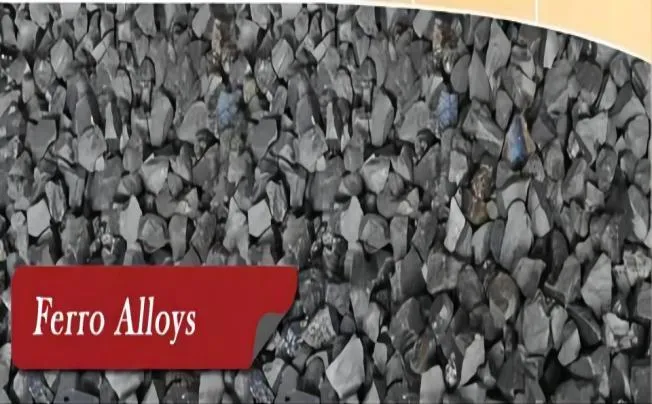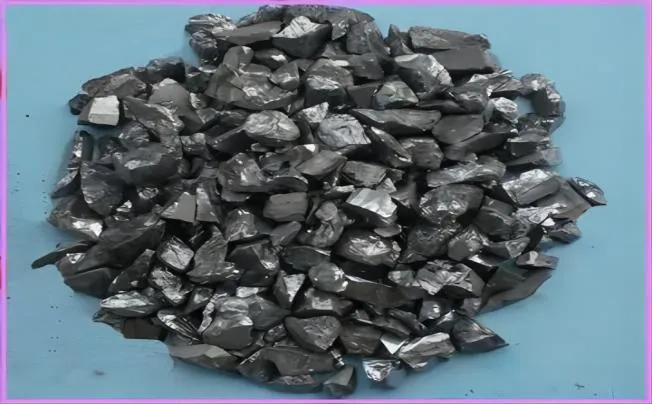What is Silicon Carbide?
Carbon and silicon combine to form silicon carbide or SiC. It is an emerging material used in semiconductor devices that is a hard semiconductor crystalline material. Because of its special qualities, it has a lot of uses. Pennsylvanian Edward Acheson discovered silicon carbide in 1891. It is among the most significant ceramic materials used in industry. It was essential to the Industrial Revolution and is still widely used today in structural ceramics, steel additives, and abrasives.
Chemical Properties of Silicon Carbide – SiC
The crystals of silicon carbide form a densely packed structure with covalent bonds between them. The atoms are organised to create two primary coordination tetrahedra, where a centre Si and C atom is connected to four carbon and four silicon atoms. Polar structures are formed by stacking these tetrahedra and connecting them through their corners.
Polytypes are polar structures composed of stacked tetrahedral units connected by their corners.
- High chemical resistance: Due to its strong chemical resistance, silicon carbide is not easily eroded by corrosive gases, acids, or alkalis. It can be used in hostile chemical settings because of its property.
- Good oxidation resistance: Silicon carbide is beneficial in applications where exposure to high temperatures and oxidation is a factor because of its high oxidation resistance, which enables it to tolerate high temperatures without experiencing significant degradation.
- Inert: Silicon carbide does not readily react with other chemicals due to its chemical inertness. It is helpful in applications that call for stable and non-reactive materials because of its features.
- Broadband gap: The energy difference between the valence and conduction bands in a material is referred to as the wide band gap in silicon carbide. Because of this property, silicon carbide can demonstrate superior electrical insulating qualities at elevated temperatures, rendering it appropriate for use in high-power and high-temperature electronic devices.
- Semiconductor characteristics: A semiconductor material with special electrical properties is silicon carbide. Its high electron mobility, high thermal conductivity, and high breakdown electric field intensity are all present. It is appropriate for high-frequency and power electronics applications because of these characteristics.
- Synthesis and Purity: Petroleum coke and high-purity quartz sand are typically used in the synthesis of silicon carbide. In industries where performance can be impacted by even minute contaminants, silicon carbide purity is crucial.
Applications of Silicon Carbide
1. Power electronics: Because of their high thermal conductivity, strong breakdown electric field strength, and high temperature working characteristics, silicon carbide is frequently employed in this industry. Power converters, inverters, motor drives, and high-voltage DC-DC converters are a few of the uses for it.
2. Automobile Industry: Because silicon carbide can withstand high temperatures and voltages, it is becoming more and more popular in the automobile sector. It is utilized in traction inverters, battery chargers, and power electronics for electric vehicles (EVs). When compared to conventional silicon-based components, silicon carbide-based components can increase efficiency, reduce size, and reduce weight.
3. Aerospace and Defence: Silicon carbide finds application in these fields where high power and temperature requirements are essential. It is utilized in radar systems, high-temperature sensors, and aviation power systems.
4. Industrial heating and furnaces: Silicon carbide can be used to create heating elements, furnaces, and kiln furniture in ceramics, glass, metallurgy, and other industries due to its high thermal conductivity and exceptional thermal shock resistance.
5. Abrasive processing: Silicon carbide can be used in a variety of abrasive processing procedures due to its hardness and abrasive qualities. It is utilized in sandpaper, sandblasting, cutting tools, and grinding wheels.
6. Refractory materials: Silicon carbide is a good choice for refractory applications due to its high melting point and chemical stability. It is employed in high-temperature operations to produce crucibles, kiln furniture, and refractory linings.
7. Water Treatment: Filtration and purification are the uses of silicon carbide membranes, which are highly durable and resistant to chemicals.
8. Additives and Coatings: To improve the qualities of different materials, silicon carbide can be added as an additive. In automotive applications, it is used as an oil addition to lower harmonics, pollutants, and friction. It is also used in coatings to offer wear and corrosion resistance.
The Manufacturing Process of Silicon Carbide
Raw materials: Carbonaceous minerals like silica sand, petroleum coke, or coal tar pitch are the primary raw materials utilized in the manufacturing of silicon carbide. These materials are carefully selected and treated to ensure maximum purity and consistency.
Mixing and shaping: Combine the carbonaceous ingredients and silica sand in the necessary amounts. The mixture is subsequently shaped using a variety of methods, including pressing, extrusion, or granulation, into the required shape, such as blocks, slabs, or powders.
Reaction and synthesis: Acheson or resistance furnaces are typically used for the high-temperature reaction process that the resultant combination goes through. In this technique, silicon carbide is created when carbonaceous elements and silicon dioxide interact through a carbothermal reduction reaction. To guarantee the appropriate crystal structure and purity of silicon carbide, the temperature is meticulously regulated during the exothermic reaction.
Crushing and grinding: The silicon carbide is crushed and ground into the necessary particle size after cooling from the reaction process. This stage is crucial to ensuring that the finished product has the appropriate qualities and is uniform.
Purification and Refinement: Further purification and refining procedures may be carried out, contingent on the application, to eliminate impurities and enhance the silicon carbide’s quality. Processes like acid leaching, chemical treatments, and thermal treatments are examples of these phases.
Shaping and finishing: By employing methods including cutting, grinding, polishing, and etching, pure silicon carbide can be further treated and formed into a variety of shapes, including wafers, fibres, or components. These processes are essential to getting the intended final product’s dimensions, surface finish, and general quality.





